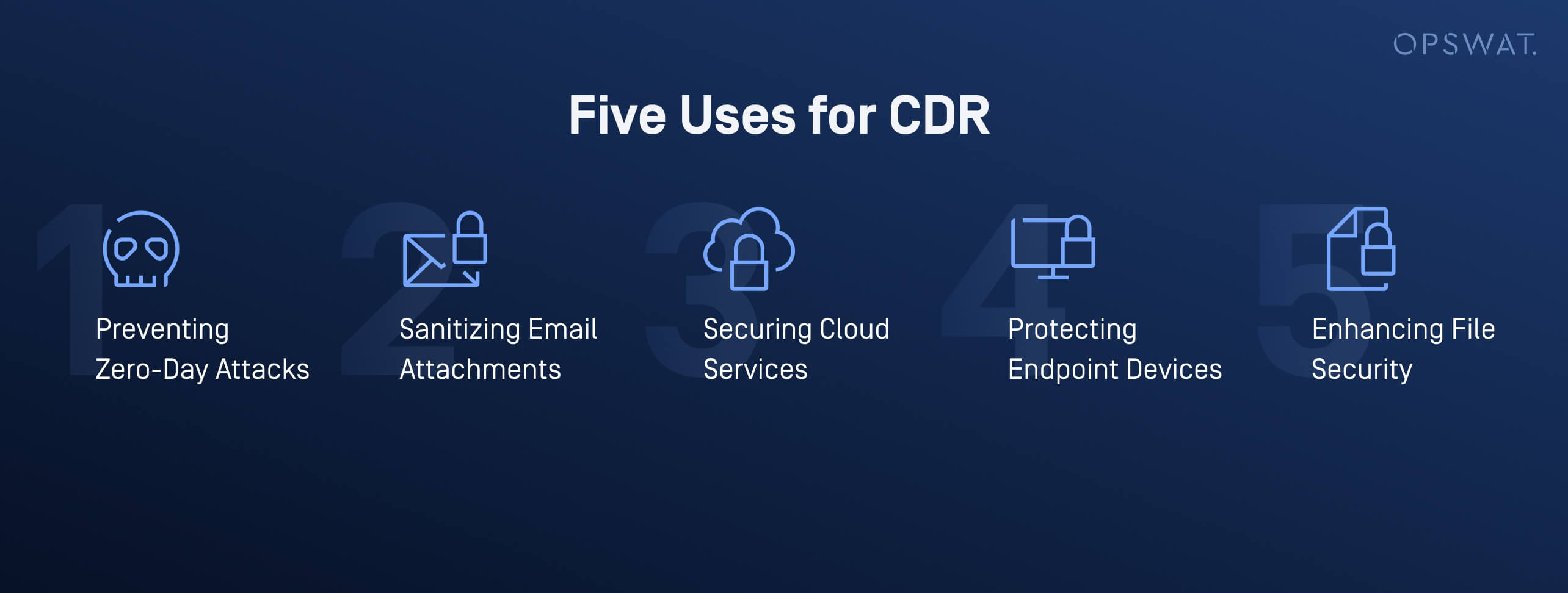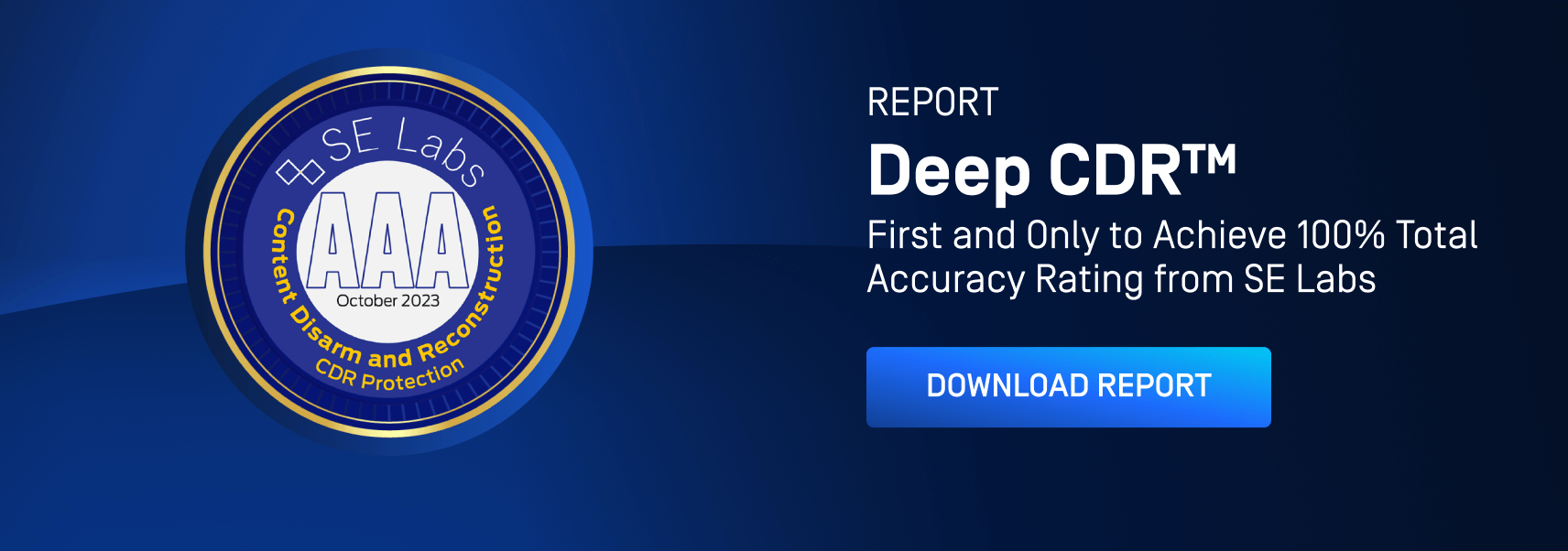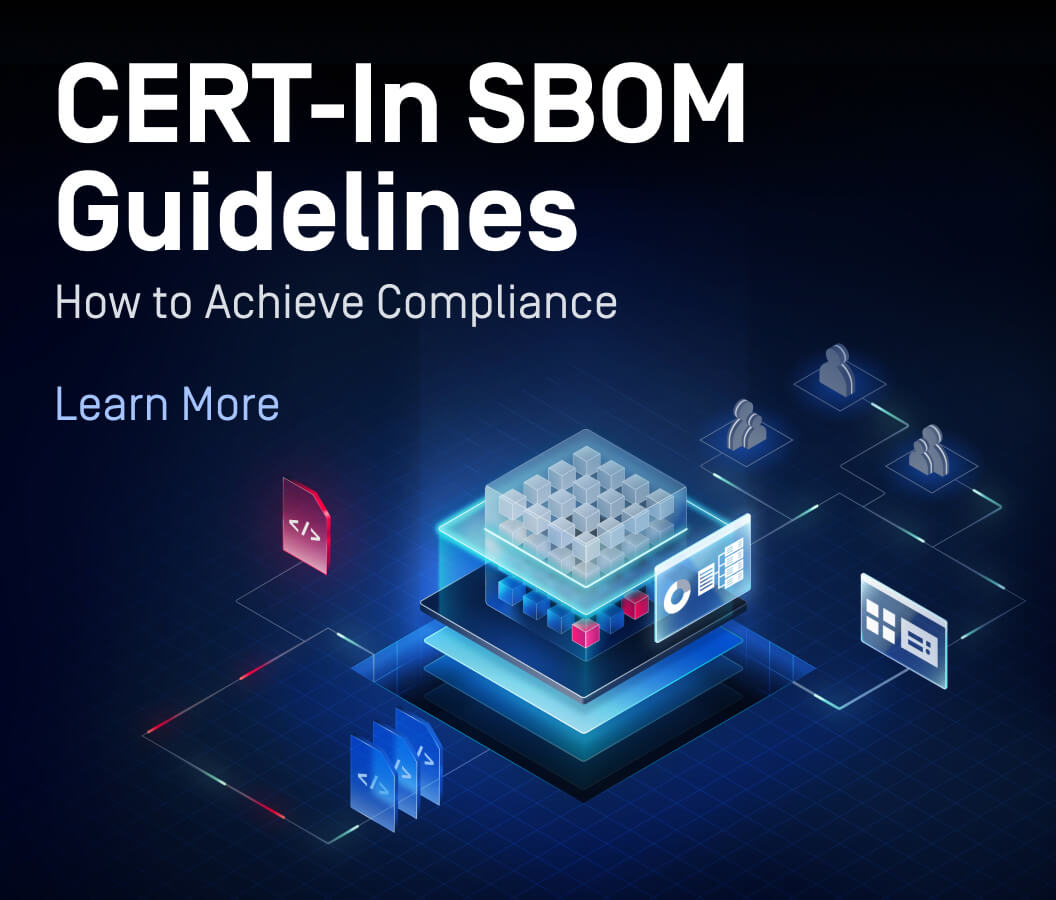CDR (content disarm and reconstruction) technology offers a novel approach to protecting against cyber threats. This technology is specifically designed to mitigate the risk of file-borne attacks, which are a common vector for malware and other cyberthreats. By dissecting files and removing potentially malicious content, CDR ensures that only safe content reaches end-users, thereby preventing unauthorized access and data breaches.
What is CDR?
CDR removes potentially malicious code from files. Unlike traditional malware detection methods, CDR operates by identifying and eliminating all file components that do not comply with predefined security policies. This proactive approach to security aims to prevent cyber threats from infiltrating a network, regardless of whether the threat is known or unknown.
How does CDR work?
CDR works by dissecting each file into its constituent parts and scanning these components individually. This process involves several steps:
File Deconstruction
The incoming file is broken down into its most basic components.
Component Disarming
Potentially harmful elements, such as macros and embedded scripts, are identified and removed from each component.
File Reconstruction
The file is reconstructed, excluding any components that were deemed unsafe, thus ensuring that the final product adheres to the organization's security policies.
Five Uses for CDR
CDR technology is widely used across various sectors, particularly in environments where the risk of file-borne threats is high. Here are five key uses of CDR:

By analyzing files at a granular level, CDR can identify and neutralize threats that exploit vulnerabilities unknown to antivirus software, offering protection against zero-day attacks.
Emails are a common channel for malware distribution. CDR can sanitize attachments by removing malicious content, ensuring that emails are safe to open.
Organizations increasingly rely on cloud-based services for collaboration and communication. CDR can be deployed to secure these platforms by sanitizing files uploaded, downloaded, transferred, shared and stored via these services.
CDR can be used to scan and clean files on endpoint devices, reducing the risk of infection from BYOD devices and other external devices that access organizations’ assets.
Files, especially those with embedded macros or objects, are susceptible to malware. CDR ensures that these documents are free from malicious content while preserving their functionality.
Elevate Preventative Security with OPSWAT Deep CDR™
Traditional CDR solutions struggle with complex file structures, leading to higher latency and potential false positives. They may also not effectively handle certain file types or formats, such as password-protected or zipped files.
Deep CDR goes beyond the capabilities of traditional CDR solutions by recursively sanitizing nested archives in file types like PDFs, images, ZIP files, and Microsoft Office docs.
Deep CDR evaluates and verifies file types and consistency, creating placeholders for approved objects while disarming the original file. It then regenerates usable components such as pointers, tables, and frames, ensuring that the final file is safe and retains its original characteristics.
It supports a wide range of file types and processes files quickly, often within milliseconds. Deep CDR provides comprehensive diagnostic data, including forensic information about the disarmed files so that analysts can better understand incoming threats.
Deep CDR offers superior protection against both known and unknown threats, including those that evade detection by traditional antivirus software. It is capable of sanitizing hidden threats in archive files and QR codes, among others, providing a more robust defense against evolving cyber threats.
While traditional CDR provides a foundational layer of protection against known threats, Deep CDR offers a more comprehensive and proactive defense mechanism capable of addressing a wider range of threats, including those that are highly evasive or unknown. Organizations facing advanced persistent threats or operating in high-risk environments can benefit from implementing Deep CDR technology to enhance their cybersecurity posture.
Learn more about how a Japanese government organization uses Deep CDR to proactively detect advanced threats.



